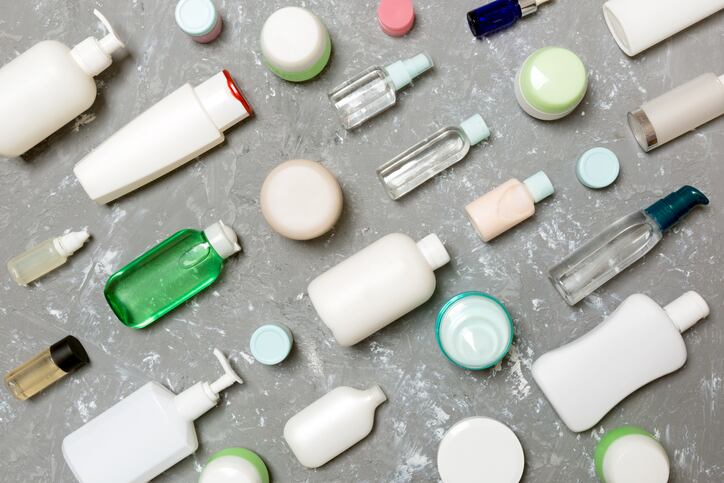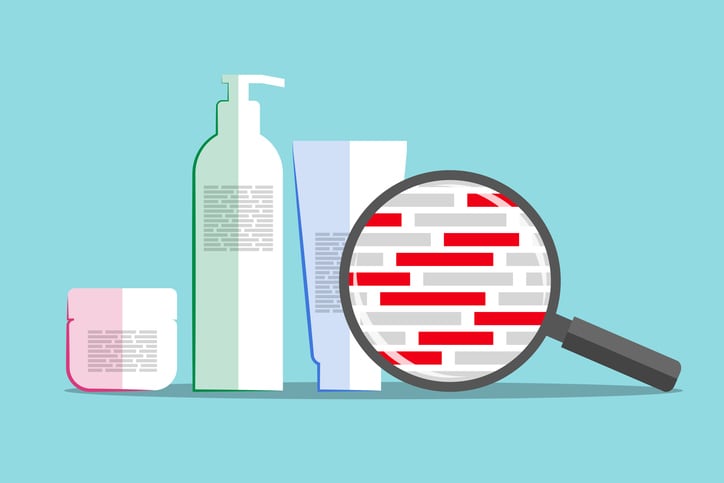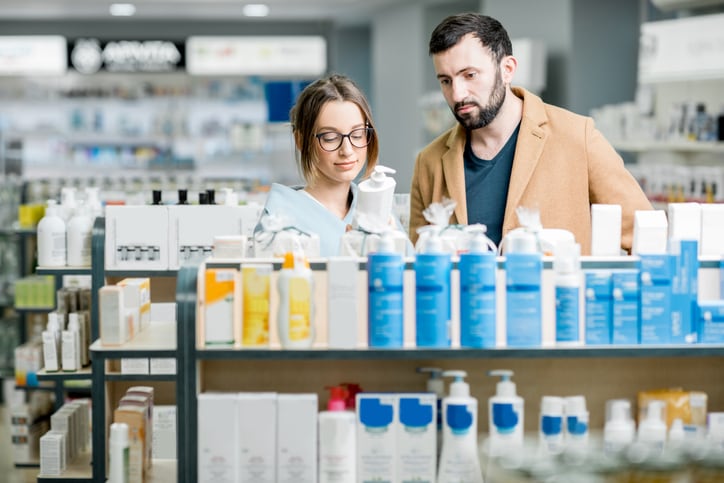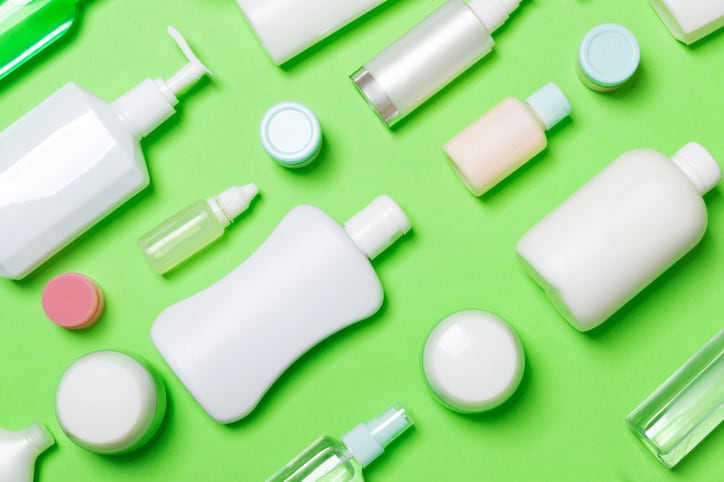On January 4, 2021, the SCCS closed the comment periods on four October 2020 preliminary opinions: propylparaben; homosalate; copper (nano) and colloidal copper (nano); and hydroxyapatite (nano).
The SCCS would now consider all clarifications or comments sent over during the period and discuss these in forthcoming working groups and plenary meetings with a view to finalising opinions.
Propylparaben – endocrine disruption concerns
The SCCS published its preliminary safety opinion on Propylparaben – used in a wide range of cosmetic and personal care formulas as a preservative – following concerns related to potential endocrine disrupting properties.
The preliminary opinion concluded that the ingredient was safe when used as a preservative in cosmetic products at a maximum concentration of 0.14%.
“The available data on Propylparaben provide some indications for potential endocrine effects. However, the current level of evidence is not sufficient to regard it as an endocrine disrupting substance, or to derive a toxicological point of departure based on endocrine disrupting properties for use in human health risk assessment,” the SCCS said.
Homosalate – endocrine disruption concerns
The SCCS published its preliminary safety opinion on Homosalate – used in cosmetic formulations as a UV-filter – also following concerns related to potential endocrine disrupting properties.
The preliminary opinion concluded that, when used as a UV-filter in cosmetics, concentrations of 10% were not safe. The SCCS instead suggested levels of 1.4% for a maximum safe concentration of homosalate in a final product.
However, the SCCS added: “It needs to be noted that the SCCS has regarded the currently available evidence for endocrine disrupting properties of homosalate as inconclusive, and at best equivocal. This applies to all of the available data derived from in silico modelling, in vitro tests and in vivo studies, when considered individually or taken together.”
“The SCCS considers that, whilst there are indications from some studies to suggest that homosalate may have endocrine effects, the evidence is not conclusive enough at present to enable deriving a specific endocrine-related toxicological point of departure for use in safety assessment.”
The SCCS noted that toxicity of homosalate from inhalation was not assessed in this opinion because no data were provided.
Copper (nano) and Colloidal Copper (nano) – inconclusive nano risk
The SCCS published its preliminary safety opinion on nano variants of Copper and Colloidal Copper – used in leave-on and rinse-off dermal and oral care cosmetics like skin, nail, hair, scalp and oral hygiene products – following concerns related to potential exposure and toxicity.
However, the SCCS said information provided by the Notifiers was “limited or missing essential information” and concluded it was therefore “not possible to carry out safety assessment” on these nanomaterials.
“Much of the information provided on toxicity relates to copper as such, and in the absence of full study reports, it is not possible to determine the relevance of the data for nano-forms of copper under the current evaluation. Adequate information on various aspects both for the nanomaterial characterisation and the toxicological evaluation including experiment performance and experimental data obtained need to be provided,” the SCCS said.
Extra information from scientific literature that been obtained did show a “basis for concern” that colloidal copper (nano) in cosmetics could pose a risk to the consumer, it said. The information suggested “possible systemic uptake of CU nanoparticle, which may lead to accumulation in certain organs – notably the liver and spleen”. Literature data also indicated potential mutagenic/genotoxic and immunotoxic/nephrotoxic effects of copper nanomaterials.
“These indications raise an alert that warrants further safety evaluation of copper nanomaterials used as cosmetic ingredients,” the SCCS said. “…The SCCs will be ready to assess any evidence provided to support safe use of the material in cosmetic products.”
Hydroxyapatite (nano) – nanoparticle shape important
The SCCS published its preliminary safety opinion on Hydroxyapatite (nano) – used in leave-on and rinse-off dermal and oral cosmetics products – following concerns related to potential exposure and toxicity.
The preliminary opinion outlined that, based on the data provided and other relevant information available in scientific literature, the SCCS could not conclude on the safety of hydroxyapatite composed of rod-shaped nanoparticles (NPs) for use in oral care cosmetic products. “This is because the available data/information is not sufficient to exclude concerns over the genotoxic potential of HAP-nano.”
However, the SCCS concluded that needle-shaped HAP-nano “is of concern in relation to potential toxicity” and said this variant “should not be used in cosmetic products”.
The Portuguese manufacturer of nanoXIM•CarePaste, FLUIDINOVA, informed CosmeticsDesign-Europe that on 23rd March 2023, the Scientific Committee for Consumer Safety (SCCS) published the Final Opinion SCCS/1648/22 on nano-hydroxyapatite and validated its nanoXIM•CarePaste ingredient as safe to use in oral care.
Safety of nanomaterials in cosmetics
The SCCS was currently finalising a separate safety opinion on the safety of nanomaterials in cosmetics, initially filed back in October 2020.
In its preliminary opinion, the SCCS identified certain aspects of nanomaterials that constituted a “basis for concern over safety to consumers’ health when used in cosmetic products”. These included the physicochemical aspects relating to very small dimensions of nanomaterials; exposure aspects relating to the frequency and amounts used; and concerns arising from the type of application and novel active or functional properties the nanomaterials were being used for.
As part of the opinion, the SCCS tabulated the EC catalogue of nanomaterials issued in 2019 “in an order of priority according to risk potential”. The UV filter Methylene bis-benzotriazolyl tetramethylbutylphenol was ranked top of the concerns list, followed by Colloidal silver and silver – both used for various other functions.
In November, last year, the European Union Observatory for Nanomaterials (EUON) conducted a consumer study among 5,000 citizens across five EU countries concluding that overall awareness on the nature, characteristics and properties of nanomaterials remained low and that EU citizens “demand better labelling of everyday products containing nanomaterials”.
John Chave, director-general of EU trade association Cosmetics Europe, and Dr. Emma Meredith, director-general of the UK Cosmetic, Toiletry and Perfumery Associatoin (CTPA), both told CosmeticsDesign-Europe at the time industry already followed “robust requirements” to appropriately label nanomaterials in cosmetics and that increased labelling would not be more transparent or more conducive to consumer safety.




